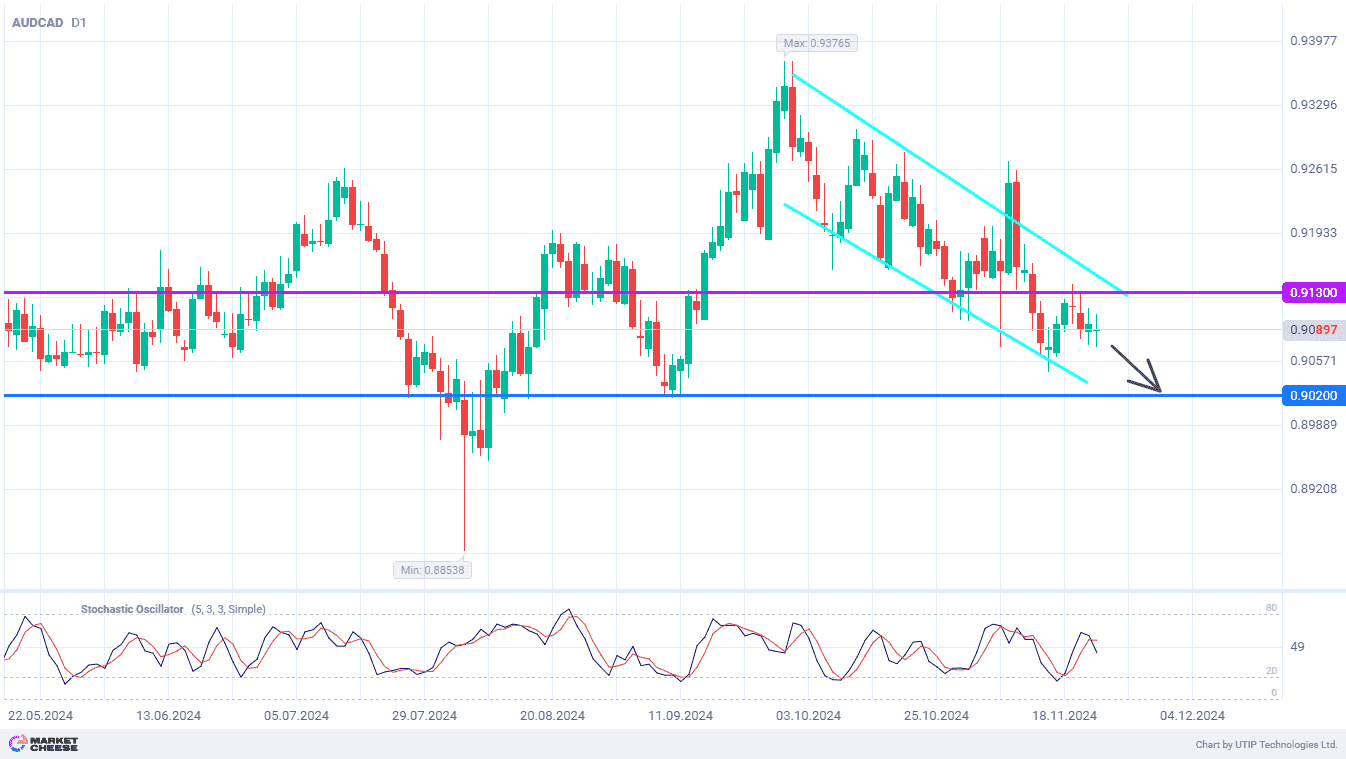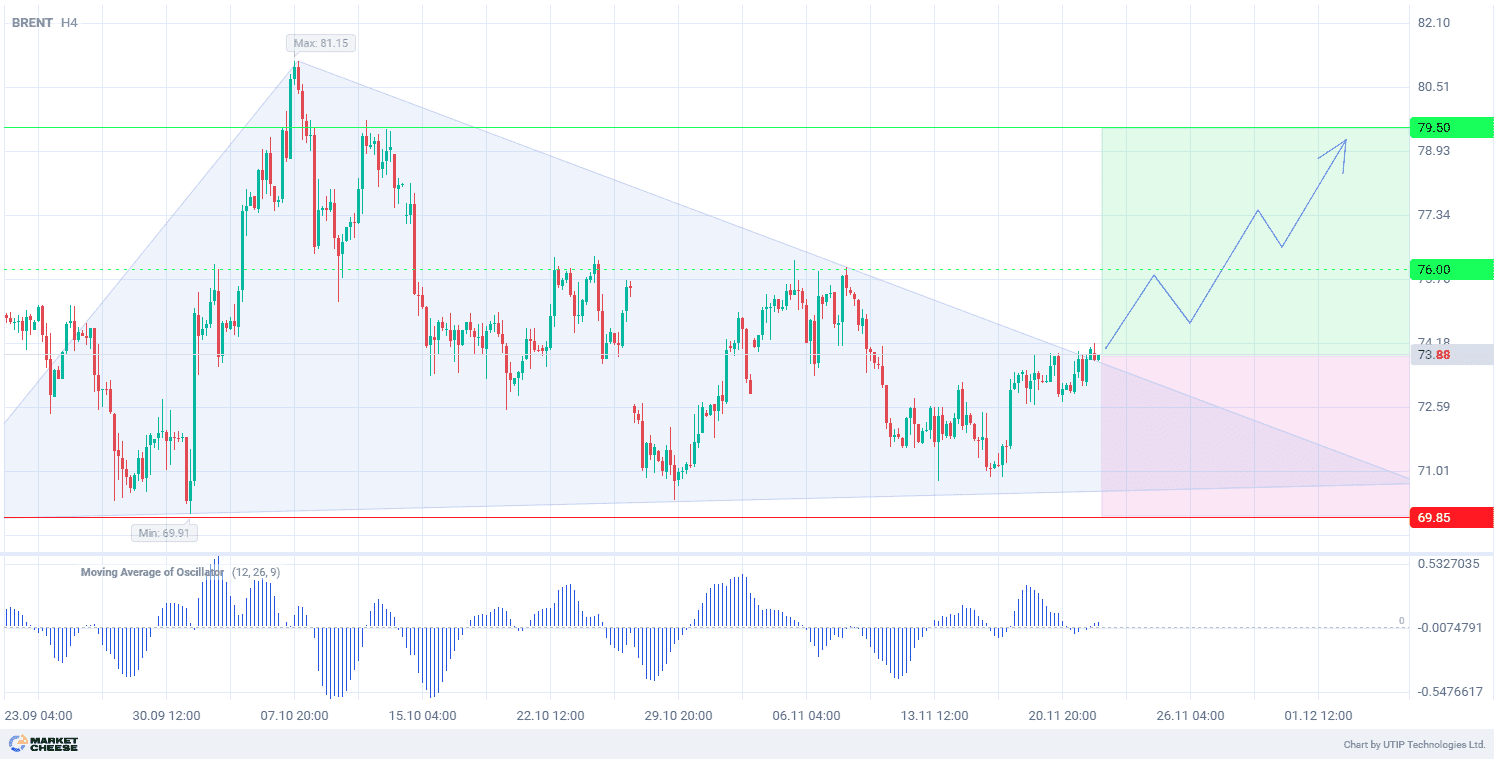Yesterday, Canada’s consumer inflation data for October was released.
The annual inflation rate rose more than expected to 2.0% as gasoline prices fell less than the previous month, causing markets to scale back bets on a significant rate cut next month.
It was the first rise in the annual inflation rate since May, but it was broadly in line with the Bank of Canada’s expectations, which had forecast October’s figure to increase to 2%.
On a monthly basis, the consumer price index rose 0.4% after two consecutive monthly declines, Statistics Canada data showed. The monthly gain also beat market expectations of 0.3% growth.
Statistics Canada said a smaller 4% annual decline in gasoline prices compared to September’s 10.7% drop led to the acceleration in October. Excluding gasoline, the inflation rate remained at 2.2% for the third consecutive month.
Currency markets now price in a 26% chance of a 50 basis point rate cut next month, down from 37% before the CPI data was released.
According to economists, gross domestic product data next week and unemployment data early next month will also determine the bank’s decision on the size of the rate cut.
Underlying price pressures remain subdued, and if gross domestic product (to be released on November 29) and jobs number (to be released on December 6) contradict today’s report and come in at lower levels, policymakers may move more aggressively in cutting rates.
There is still a week to go before Canada’s GDP data is released, so for now the main factor influencing AUDCAD in particular will be yesterday’s rise in Canada’s inflation rate.
From the technical point of view, AUDCAD is in a descending channel on the 4-hour timeframe, and it is likely that yesterday’s data will send the price to the lower line of this range.
The overall recommendation is to sell AUDCAD.
Profits should be taken at the level of 0.9040. A Stop loss could be set at the level of 0.9200.
The volume of the opened position should be set in such a way that the value of the possible loss, fixed with the help of a protective Stop loss order, is no more than 1% of your deposit funds.










